Norbert Schwontkowski’s career divides neatly, if unequally, into two sections. Until his mid fifties, the Bremen-born painter was little known outside of northern Germany. In 2004, however, after decades combining painting, teaching, travel and dogged quietude, he enjoyed a retrospective at Kunsthalle Bremen and began to work with Berlin powerhouse gallery Contemporary Fine Arts. (‘Huge success in Berlin! Everybody wants my pictures. Am I still me?’ he wrote conflictedly in a letter.) Since then, up to and after his early death in 2013, Schwontkowski’s murkily atmospheric, mostly figurative scenarios have been increasingly visible, their maker appearing like something of a throwback figure – and an easily fetishised one – in using painting to wrestle so emphatically with existential disquiet and a neo-Romantic sense of the numinous. Now, confirming this upward trajectory, we have ‘Some of My Secrets’, which, in its first presentation, runs to some 64 paintings divided along thematic rather than chronological lines and spread across a succession of subterranean rooms in the Kunstmuseum Bonn, plus an interspersed selection of sketchbooks in vitrines (the exhibition travels to the Kunsthalle Bremen and the Kunstmuseum Den Haag later this year). The show’s title is appropriately wry and elusive. One comes away knowing the artist better, but also with a sense that much remains withheld – or, more positively, yours to complete.
In 2006, for example, Schwontkowski painted Hochwasser. A stooped, silhouetted figure in the centre of the canvas pushes a bicycle forward, though the wheels, like the cyclist’s feet and calves, are sunk in something. While the title says high water, much in Schwontkowski’s art twists metaphorical and even reflexive. Technically, the subject is trudging through a horizonless, near lightless world of horizontally smeared, brownish-purple paint and if, in iconographic terms, this might simply be someone heading home across a flooded plain, it also signals a painter wrestling with painting, a middle-aged person wrestling with just carrying on amid diminishing returns, and anyone of any age dealing with life’s ongoing and changeable burdens. The power of the painting resides in all the clarifying and narrowing detail that Schwontkowski rejects, plus the sense, as so often in his art, that this is an image pulled from the projection screen of his mind.
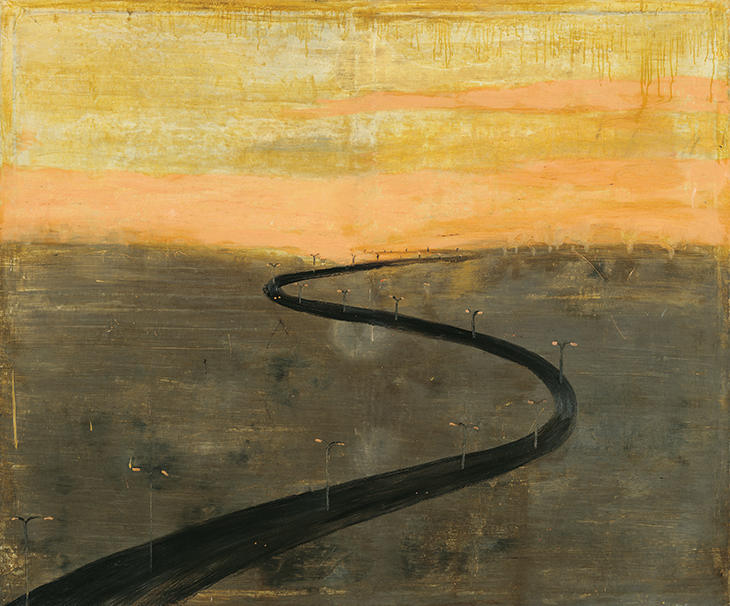
Belgische Autobahn (2000), Norbert Schwontkowski. Photo: Jochen Littkemann; courtesy Dorothea Zwirner
Like many of his paintings, it’s explicitly delocalised, a psychological landscape as much as a literal one. Even when Schwontkowski identifies place, the image undermines it: Belgische Autobahn (2000) is centred on an S-shaped black road dotted with street lights on a brushy brown slab of lowlands. The lights are on, but it feels like neither day or night; no cars travel the road, and the eye is led from the lower-left corner, the bottom of the S, towards the painting’s upper middle, where the tarmac dissolves into salmon-pink sky. If this is barely a figuration, it’s because the painting is almost a thought, perhaps an unresolved one.
There are numerous artificial illuminations in Schwontkowski’s art – the string-of-pearls set of lights in dun nothingness that is Yesterday Allee (2012), the conferring trio of street lamps in Sich verneigende Figuren (1998), or the glowing opened fridge inspected by a pear-shaped figure in Bosch (Die Kälte des Weltalls) (2006).
In one of the most indelible images here, the urine-toned Kino (2001), Schwontkowski daubs the titular word over the frontage of a double-spired gothic church, positing religion as mere entertainment, distraction. (Church Street, from 2008, with its cluster of indigent men gathered around a brazier on a bottle-strewn thoroughfare, is a counterpart.) Religion, for this artist, is not going to save us; we’re on our own come hell or, indeed, high water. Elsewhere, he fills in some of the modern world’s depredations, in paintings of army helicopters, belching chimneys, a ripped-apart plane fuselage, a drive-in full of punters staring at an empty screen.
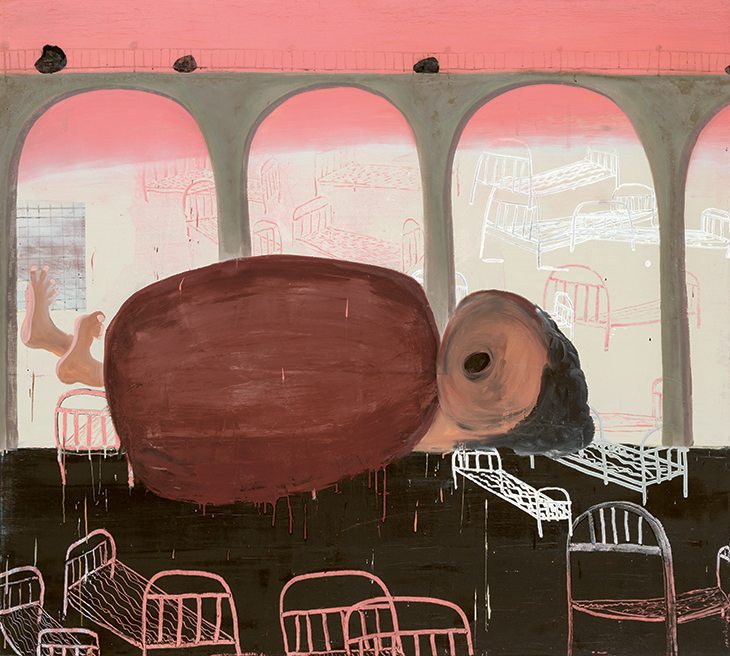
Bad Dream (2011), Norbert Schwontkowski. Photo: Jochen Littkemann; courtesy Estate of Norbert Schwontkowski/Institute of Contemporary Arts, Berlin
To emphasise this, though, is to posit Schwontkowski as a literalist of sorts, even a polemicist. He’s hazier than that. His paintings have an air of having arisen, not being presented as rhetorical markers; if they are secrets, they may also be somewhat secret to their maker. Die Haut (1995) is a weathered, Luc Tuymans-ish semi-abstraction in which we see a hand slip in the gap between two shirt buttons. The gesture is sort of Napoleonic, and suggests pulling something out from inside, or just rooting around inwardly, curiously, but there it stops. Such half-statements, Schwontkowski intuited, could be more abyssal than full ones. In Bad Dream (2011), the inner and outer lives merge: we see a prone rotund figure, open-mouthed and wailing, in the midst of a dreamscape involving multiple ghostly little bare beds and an overpass dotted with rocks. The painting works mainly because the figure looks paralysed, like a Kafkaesque bug, and the horror of the dream is held back, advertised by outward banalities.
Schwontkowski does not presume to know the contours of our anxiety: he just shows us his, refusing to elevate it, and supposes that ours is equivalent. Nor, as a painter, is he a downer. His handling is wristy but muffled, flash also held back, and, on this evidence, he was continually inventive, refusing to duplicate motifs and even sometimes – in very late works like the neon-lashed street scene Unser Kosmisches Leben (2013), with its bars named after cosmic phenomena – blooming into bright if sardonic colour. The most haunting canvas here, though, for this viewer at least, is Das ganze Leben (1996). It has the watery tonality of an ancient Chinese sketch and the simplicity of a children’s illustration, and depicts a train, trailing clouds of smoke and tugging three carriages, emerging from a dark tunnel in one hill and about to disappear into another. Its title translating as ‘The Whole Life’, it’s stashed at the end of the show. Schwontkowski’s brief and truncated journey between twinned darkness was not, his paintings suggest, fully daylit itself, but there was enough glow to glimpse things, and to begin to share them.
‘Norbert Schwontkowski: Some of My Secrets’ is at the Kunstmuseum Bonn until 16 February.
From the January 2020 issue of Apollo. Preview and subscribe here.
Unlimited access from just $16 every 3 months
Subscribe to get unlimited and exclusive access to the top art stories, interviews and exhibition reviews.

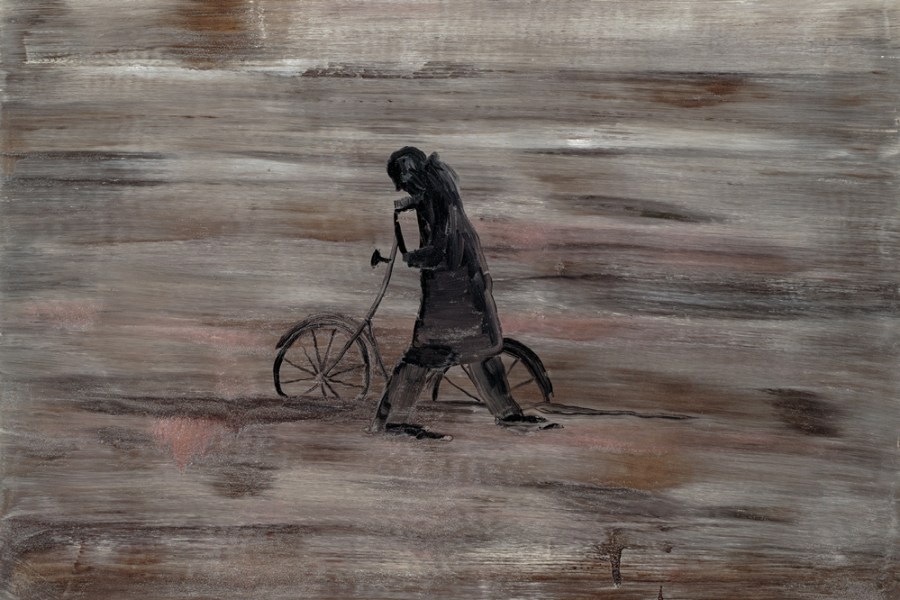

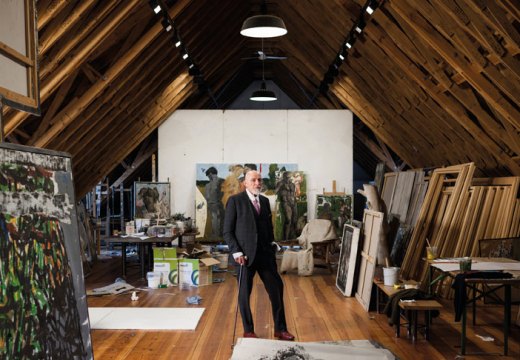
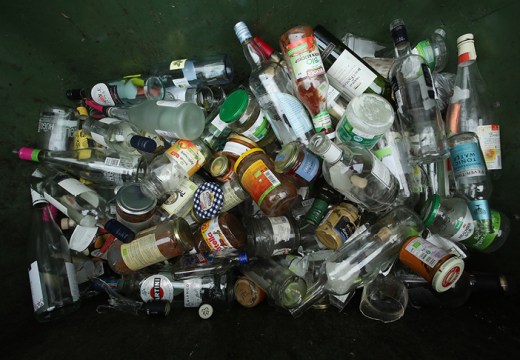









![Masterpiece [Re]discovery 2022. Photo: Ben Fisher Photography, courtesy of Masterpiece London](http://www.apollo-magazine.com/wp-content/uploads/2022/07/MPL2022_4263.jpg)
It’s time for the government of London to return to its rightful home